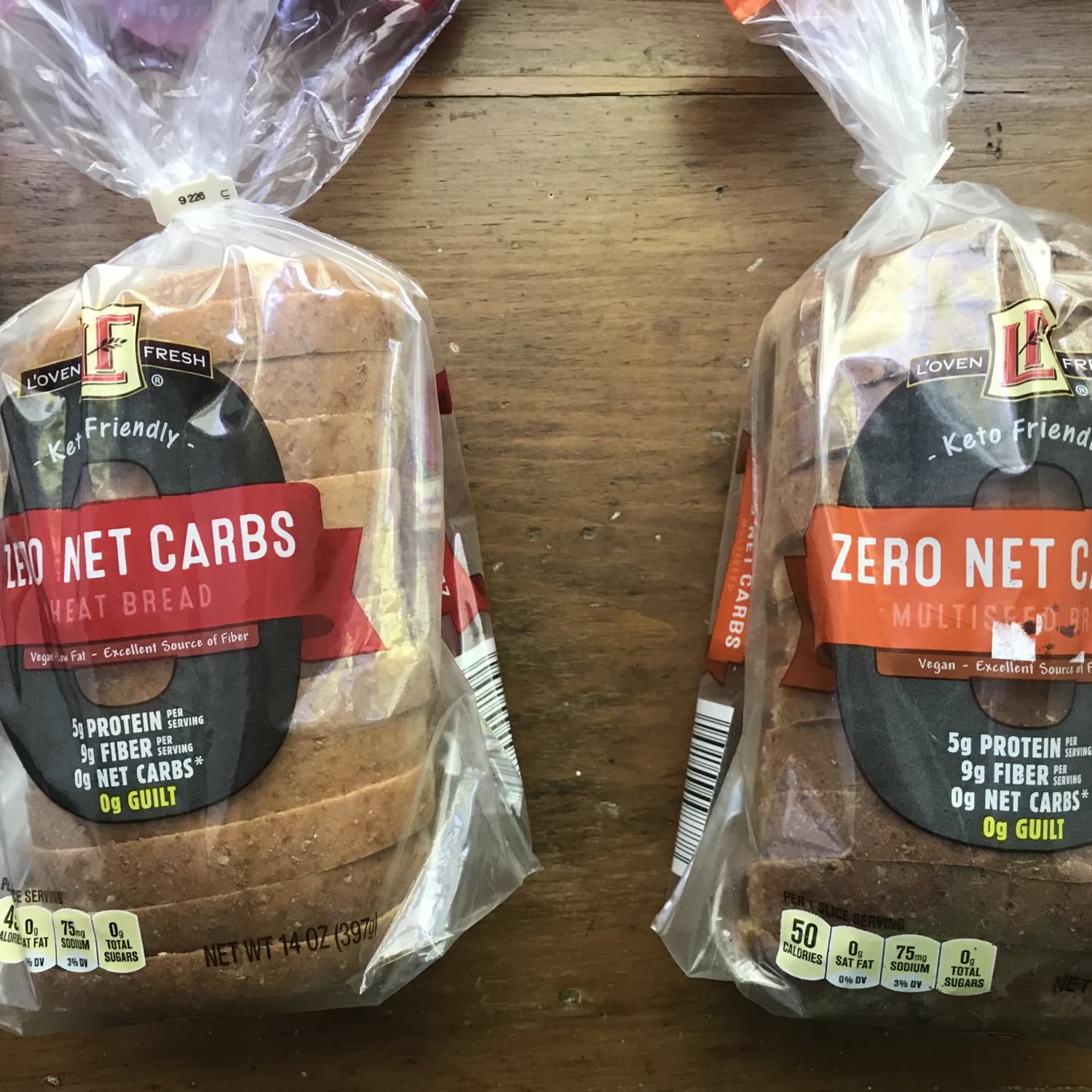

Articles
How To Store Keto Bread
Modified: February 18, 2024
Discover the best ways to store your keto bread to keep it fresh and delicious. Read our articles for tips and tricks on preserving the quality and taste of your homemade keto bread.
(Many of the links in this article redirect to a specific reviewed product. Your purchase of these products through affiliate links helps to generate commission for Storables.com, at no extra cost. Learn more)
Introduction
When following a keto diet, finding suitable bread options can be a challenge. Luckily, with the rise in popularity of keto-friendly recipes, homemade keto bread has become a staple for many. But once you’ve baked or purchased your delicious loaf, the next question arises: how do you store it?
Proper storage is crucial to maintain the freshness and taste of your keto bread. In this article, we will explore the best methods for storing keto bread to ensure its longevity and enjoyment.
Whether you’ve made your keto bread from scratch or bought it from a store, taking the right steps to store it will help you avoid wastage and ensure that you always have a fresh slice ready to enjoy.
Key Takeaways:
- Proper storage is crucial for maintaining the freshness and taste of keto bread. Choose the right container, consider refrigeration or freezing, and reheat with care to enjoy your low-carb bread at its best.
- Homemade keto bread requires special care when storing. Cool completely, wrap tightly, choose the right container, and be mindful of shelf life to maximize freshness and minimize wastage.
Read more: How To Make Keto Bread In A Bread Machine
Choosing the Right Storage Container
When it comes to storing keto bread, choosing the right container is key. The ideal container should provide a seal that keeps moisture out while maintaining the bread’s texture and taste. Here are a few options to consider:
- Airtight Plastic Containers: These containers are a popular choice as they create a tight seal, preventing air and moisture from reaching the bread. Look for containers that are BPA-free and food-safe.
- Glass Containers: Glass containers are another excellent option for storing keto bread. They do not absorb odors or flavors and can be easily cleaned. Look for containers with airtight lids for optimal freshness.
- Beeswax Wraps: If you prefer a more eco-friendly alternative, consider using beeswax wraps. These wraps mold around the bread, providing a breathable but protective layer.
Regardless of the container you choose, ensure that it is clean and thoroughly dry before storing your keto bread inside. This will help prevent any potential contamination and maintain the bread’s freshness.
Refrigerating Keto Bread
Refrigeration is a common method used to extend the shelf life of various food items, but when it comes to bread, including keto bread, it’s important to exercise caution. While refrigeration can help slow down the growth of mold, it can also lead to the bread drying out faster.
If you plan to consume your keto bread within a few days, refrigeration might not be necessary. However, if you anticipate that the bread will last longer or want to delay the growth of mold, refrigeration can be an option.
When refrigerating keto bread, follow these steps:
- Cool Completely: Allow the bread to cool completely before refrigerating. Warm bread can create condensation inside the container, leading to a soggy texture.
- Wrap Properly: Wrap the bread tightly in plastic wrap, aluminum foil, or place it inside an airtight container to prevent exposure to air and moisture.
- Note Shelf Life: Keep track of the bread’s shelf life. Keto bread stored in the refrigerator can last up to a week, but its quality may begin to decline after a few days.
Remember that refrigeration can cause bread to dry out faster, so it’s essential to keep an eye on the texture and moisture level. If your refrigerated keto bread starts to feel dry, consider transferring it to a different storage method or using it quickly.
Freezing Keto Bread
If you want to prolong the shelf life of your keto bread even further, freezing is an excellent option. Freezing not only helps prevent the growth of mold but also allows you to store the bread for an extended period without sacrificing its taste and texture.
Here’s how you can freeze your keto bread:
- Cool Completely: Allow the bread to cool completely after baking or purchasing it. This ensures that it retains its moisture during the freezing process.
- Slice or Freeze Loaf: You have two options for freezing keto bread. You can either slice it beforehand, so you can thaw only the slices you need, or freeze the entire loaf if you plan to consume it at once.
- Wrap Securely: Wrap each slice or the entire loaf tightly in plastic wrap or aluminum foil to prevent freezer burn. For added protection, place the wrapped bread in a resealable plastic bag or airtight container.
- Date and Label: Remember to write the date on the packaging, so you can keep track of how long the bread has been in the freezer.
- Freeze Properly: Place the wrapped bread in the freezer, making sure it lies flat to maintain its shape. Avoid stacking heavy items on top of the bread to prevent it from getting squished.
Keto bread can remain in the freezer for up to three months while maintaining its quality. When you’re ready to consume the bread, simply thaw it at room temperature or gently reheat it.
Freezing keto bread allows you to have a stockpile of bread on hand, whether for a quick breakfast or when unexpected cravings hit. It’s a convenient option that ensures you never run out of keto-friendly bread.
Store keto bread in an airtight container or resealable bag at room temperature for up to 2 days. For longer storage, freeze individual slices in a freezer bag and thaw as needed.
Reheating Frozen Keto Bread
When it comes to enjoying your frozen keto bread, reheating is the key to bringing back its freshness and flavor. Here are a few methods to reheat your frozen keto bread:
- Thaw at Room Temperature: The simplest way to reheat frozen keto bread is to thaw it at room temperature. Just take the slices or the loaf out of the freezer and let them thaw naturally. This method may take a couple of hours, depending on the size of the bread.
- Toaster or Toaster Oven: If you prefer warm and crispy keto bread, using a toaster or toaster oven is a great option. Just pop the frozen slices in the toaster or place the frozen loaf in the toaster oven at a low to medium heat setting. Monitor the bread closely to prevent burning.
- Oven: Another method for reheating frozen keto bread is using an oven. Preheat your oven to around 350°F (175°C) and place the frozen slices or loaf on a baking sheet. Bake for approximately 10 minutes or until the bread is heated through. Keep an eye on the bread to avoid overcooking.
- Microwave: While not the ideal method for reheating keto bread, the microwave can be a quick option when you’re in a hurry. Wrap the frozen slices or loaf in a damp kitchen towel and microwave them in short bursts of 15-30 seconds until they are thawed and warmed. Be aware that the bread may turn slightly soft instead of crispy when reheated in the microwave.
Regardless of the reheating method you choose, it’s important to keep an eye on the bread to avoid overheating or drying it out. The goal is to restore the bread’s warmth and revive its original texture.
Once reheated, enjoy the delicious aroma and taste of your keto bread as if it were freshly baked!
Read more: What Seeds Are Keto-Friendly
Storing Homemade Keto Bread
Homemade keto bread requires special care when it comes to storage. Since it lacks preservatives commonly found in store-bought bread, it is even more important to take steps to maintain its freshness. Follow these guidelines to store your homemade keto bread:
- Cool Completely: Allow your homemade keto bread to cool completely before storing it. This helps prevent condensation, which can make the bread soggy.
- Wrap Properly: Wrap the bread tightly in plastic wrap, aluminum foil, or place it in an airtight container. This helps to preserve moisture and prevent air exposure.
- Choose the Right Storage Container: Opt for a container that provides a proper seal and keeps moisture out, such as an airtight plastic container or a glass container with an airtight lid.
- Consider Slicing: Consider slicing your homemade keto bread before storing it. This way, you can easily grab a few slices without exposing the entire loaf to air.
- Refrigerate or Freeze: Depending on how quickly you intend to consume your homemade keto bread, you can either refrigerate or freeze it. If you plan to consume it within a few days, refrigeration is sufficient. For longer storage, freezing is a better option.
- Date and Label: Always remember to label your homemade keto bread with the date it was made. This helps you keep track of its freshness and prioritize consuming it accordingly.
- Thaw Properly: When thawing frozen homemade keto bread, allow it to thaw at room temperature or use a gentle reheating method to bring it back to its original texture.
By taking these precautions, you can ensure that your homemade keto bread stays moist, flavorful, and enjoyable for an extended period of time. Plus, you’ll maximize its shelf life and minimize any potential wastage.
Preventing Staleness
Staleness is a common issue when it comes to storing bread, including keto bread. However, there are several steps you can take to prevent your keto bread from becoming stale:
- Proper Storage: Ensure your keto bread is stored in an airtight container or tightly wrapped in plastic wrap or aluminum foil. This helps to minimize air exposure, which can accelerate the staling process.
- Avoid Refrigeration: While refrigeration can help slow down the growth of mold, it can also dry out the bread faster, leading to staleness. Unless you plan to consume your keto bread within a few days, it’s best to avoid refrigeration.
- Consume Within the Shelf Life: Keep track of the shelf life of your keto bread, whether refrigerated or frozen. Consume it within the recommended time frame to enjoy it at its freshest.
- Slice When Needed: If you are storing a whole loaf of keto bread, consider slicing it only when you are ready to consume it. This helps to preserve the freshness of the remaining portion.
- Reheat or Toast: If your keto bread has started to stale slightly, you can bring back its freshness by reheating or toasting it. This helps to revive the texture and make it more enjoyable to eat.
- Consider Portion Control: If you find that you are frequently unable to finish a whole loaf of keto bread before it becomes stale, consider portioning the dough into smaller pieces and baking them as needed.
- Bake in Small Batches: Another option is to bake smaller batches of keto bread more frequently. This ensures that you always have a fresh supply and minimizes the risk of wasting stale bread.
With these tips in mind, you can keep your keto bread fresh and delicious for as long as possible, ensuring that your efforts in baking or purchasing it are not wasted.
Conclusion
Storing keto bread properly is essential to maintain its freshness and taste. Whether you’re enjoying store-bought or homemade keto bread, following the right storage techniques can help prolong its shelf life and ensure that you always have a delicious low-carb option on hand.
Choosing the right storage container, whether it’s an airtight plastic or glass container, is crucial to keeping your keto bread protected from air and moisture. Refrigeration can be an option for short-term storage, but be cautious as it can lead to faster drying. Freezing, on the other hand, allows you to store keto bread for a longer period without compromising its quality.
When reheating frozen keto bread, methods such as thawing at room temperature, using a toaster or oven, or even the microwave can bring back its freshness and texture. Just make sure to monitor the bread closely to avoid overcooking or drying it out further.
For those who make homemade keto bread, proper storage is equally important. Cooling the bread completely before storing, wrapping it tightly, and choosing the right container are key. Slicing the bread and being mindful of the shelf life can also help prevent wastage and staleness.
By taking the necessary steps to store your keto bread correctly and prevent staleness, you can savor each slice with the same satisfaction as when it was first baked. So, follow these storage tips, enjoy your keto bread, and continue on your low-carb journey without missing out on your favorite bread indulgence.
Frequently Asked Questions about How To Store Keto Bread
Was this page helpful?
At Storables.com, we guarantee accurate and reliable information. Our content, validated by Expert Board Contributors, is crafted following stringent Editorial Policies. We're committed to providing you with well-researched, expert-backed insights for all your informational needs.
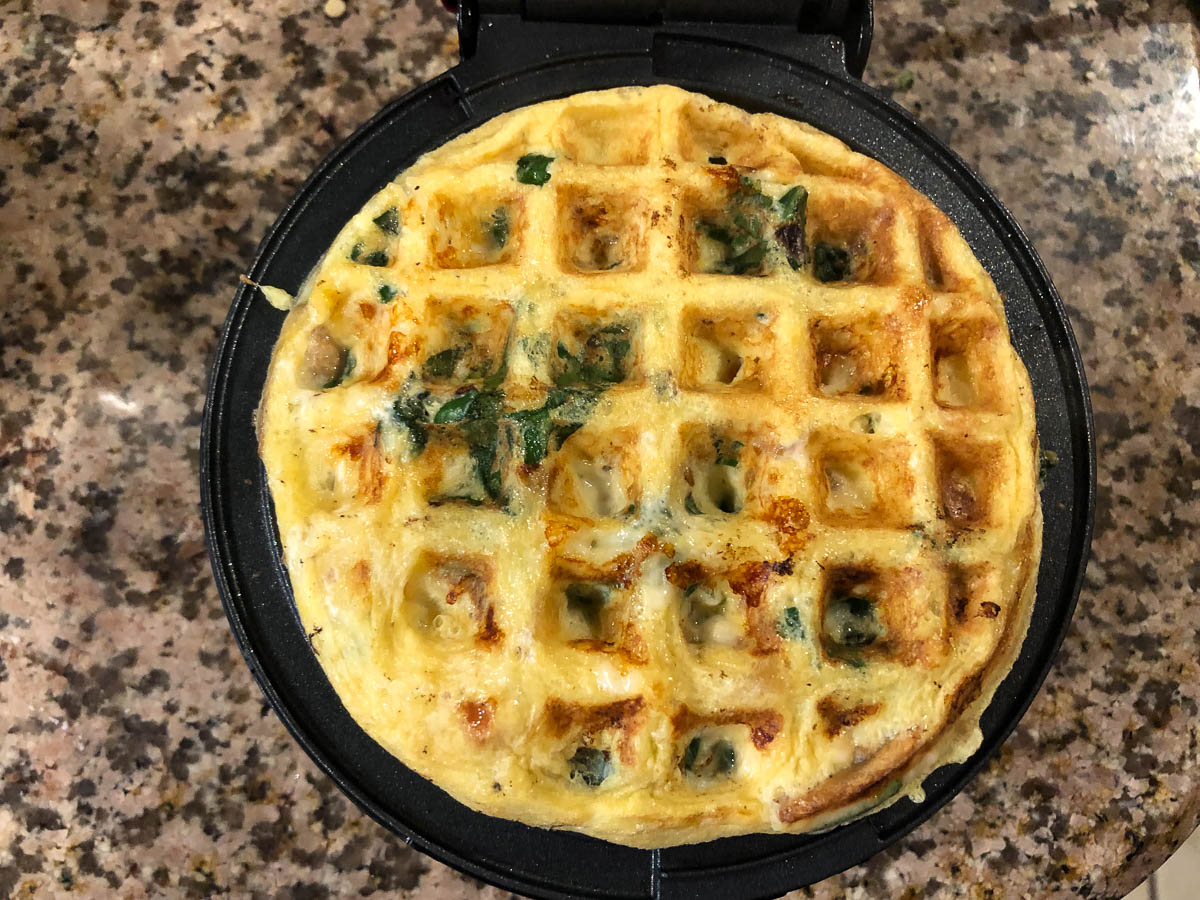

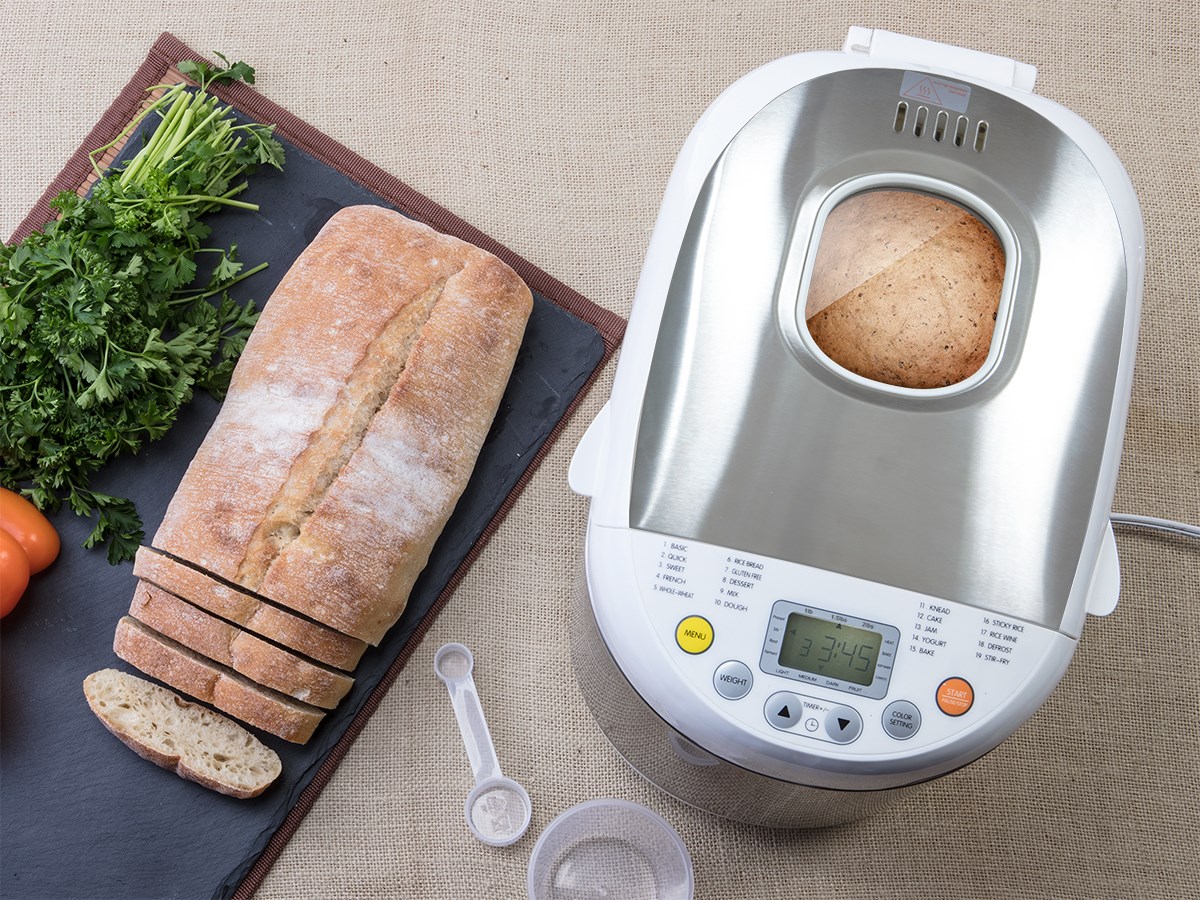

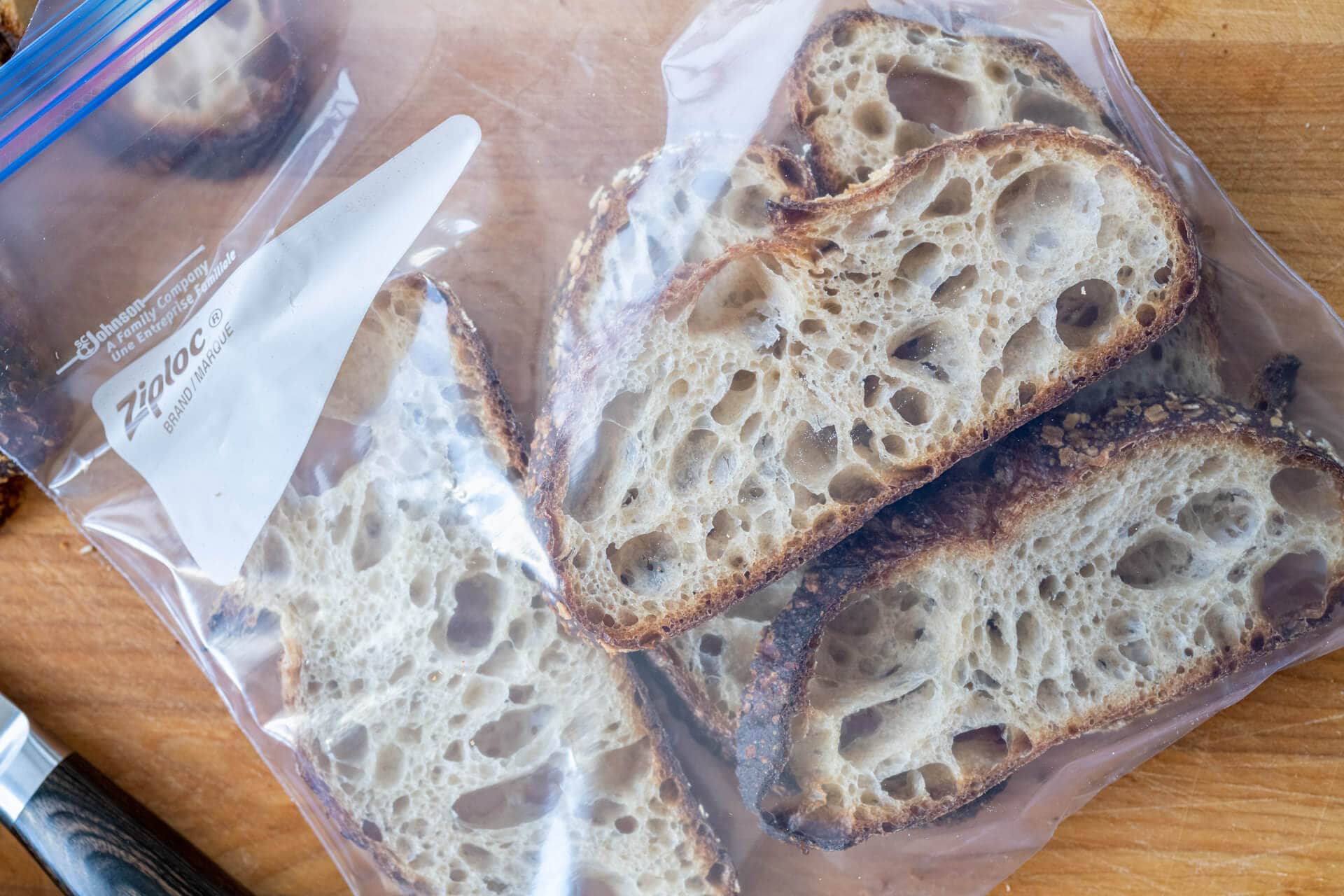

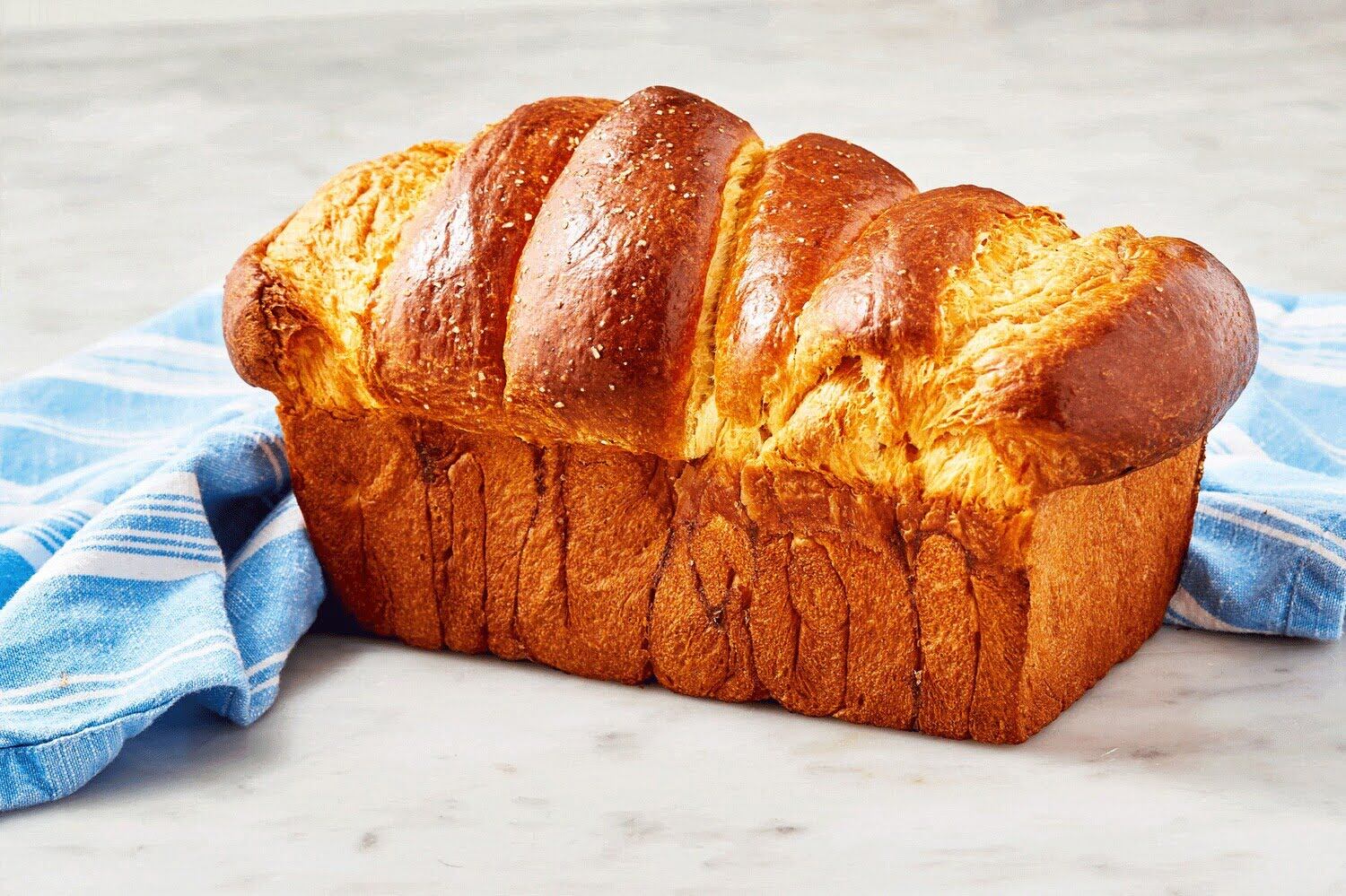



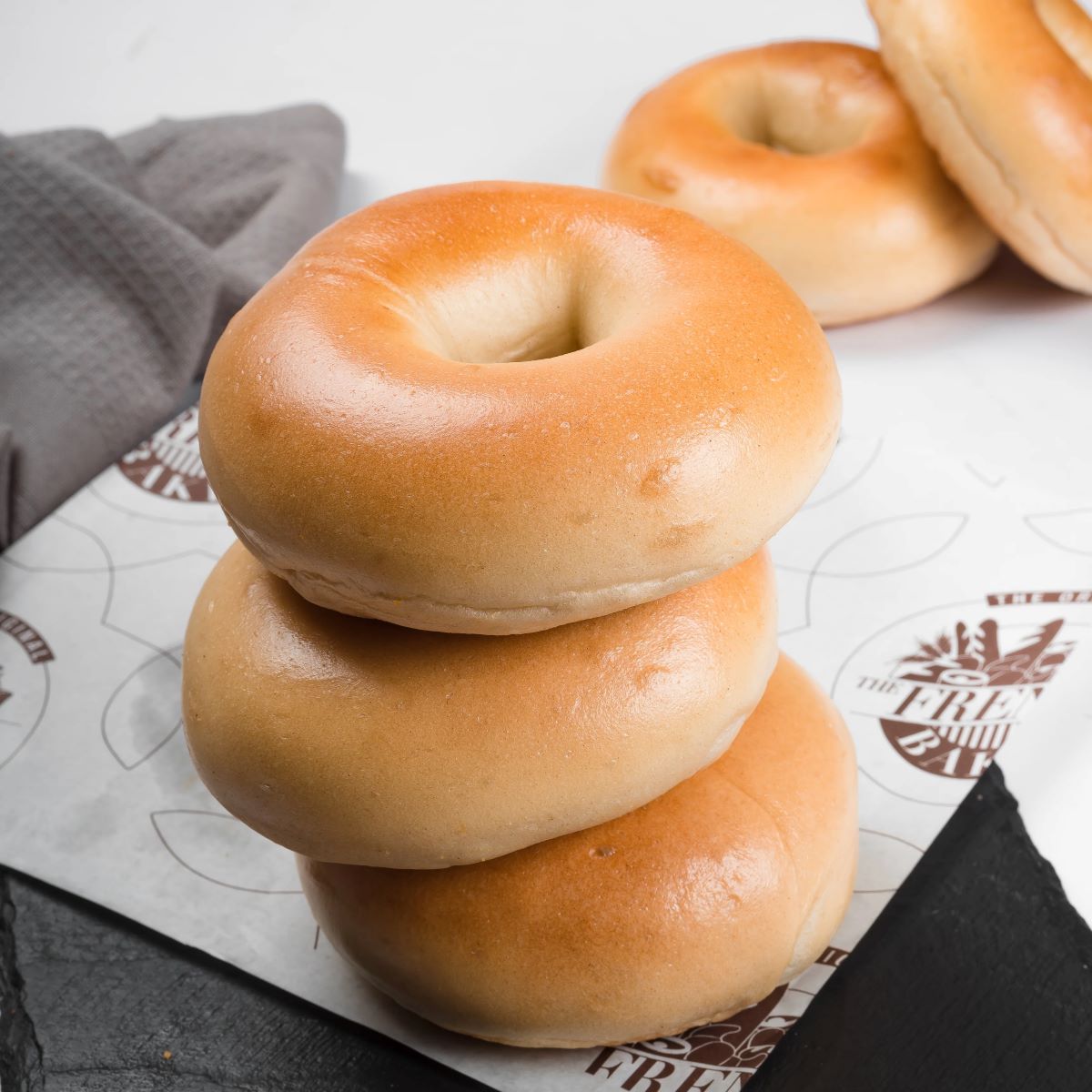

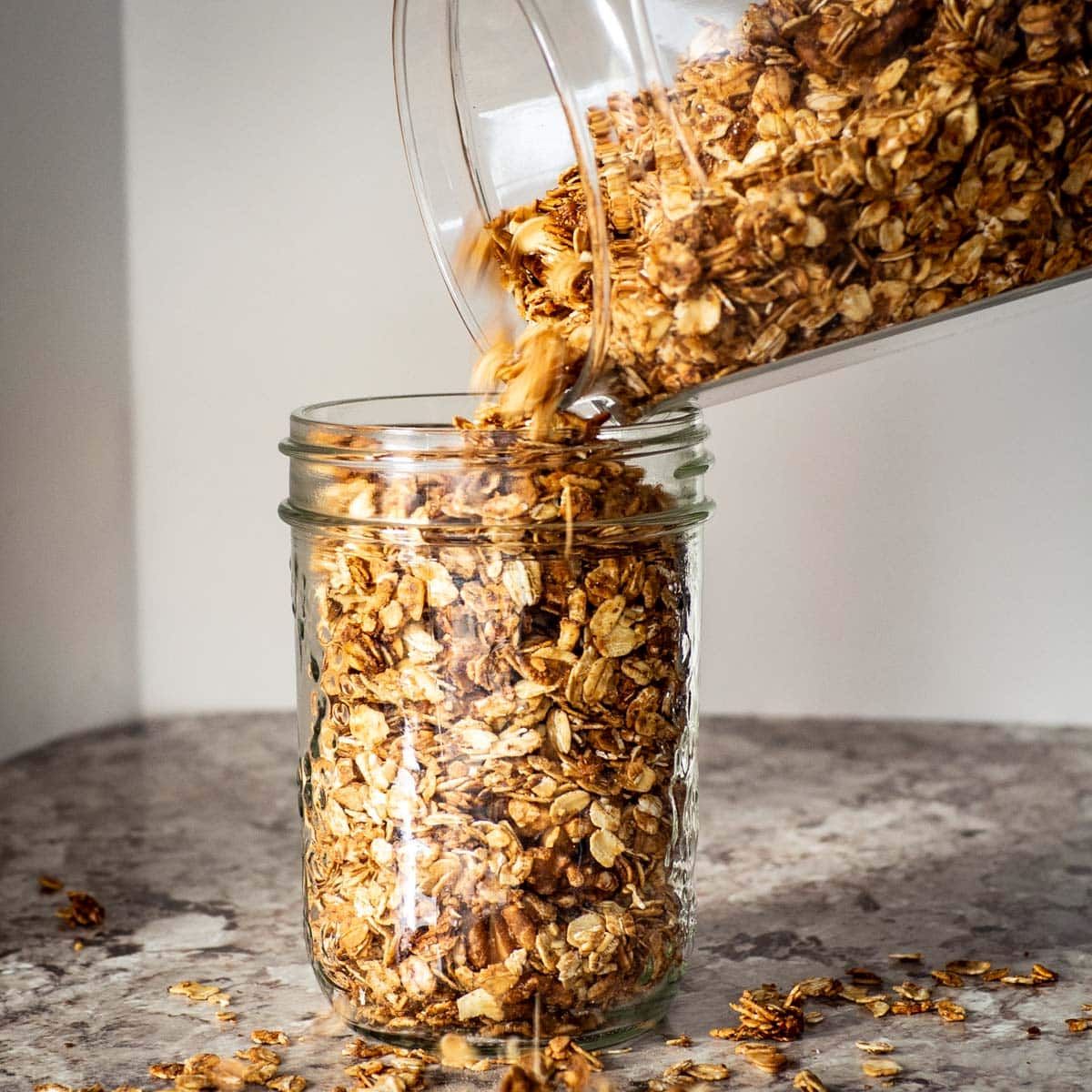
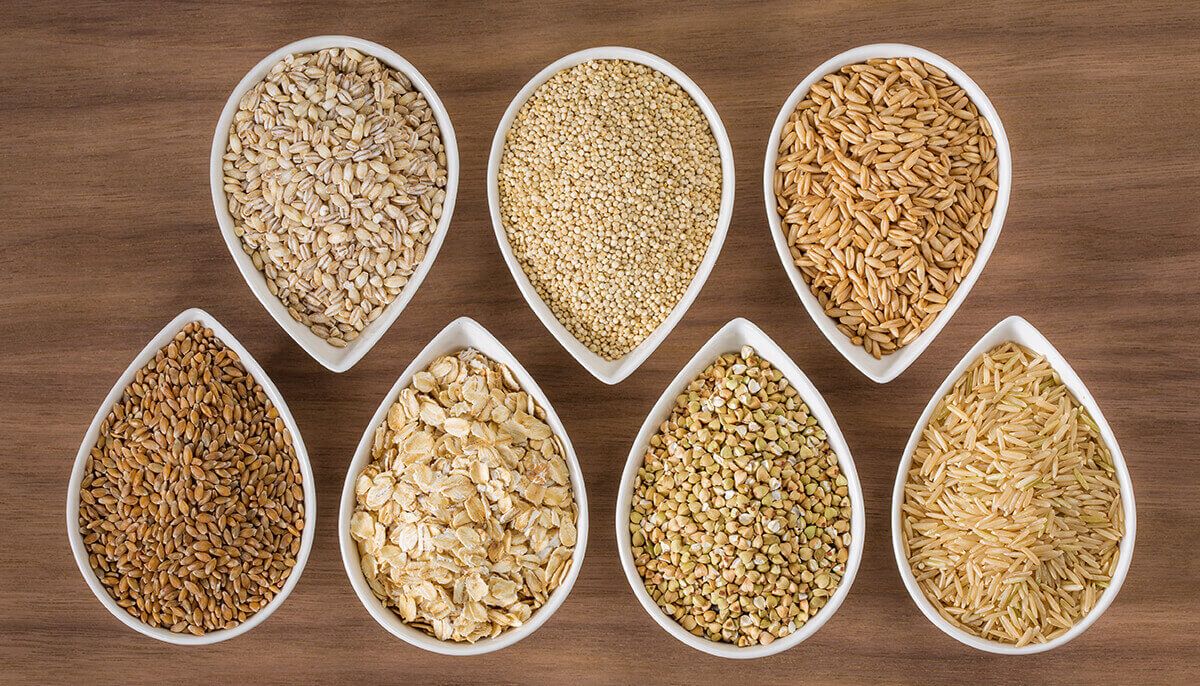

0 thoughts on “How To Store Keto Bread”